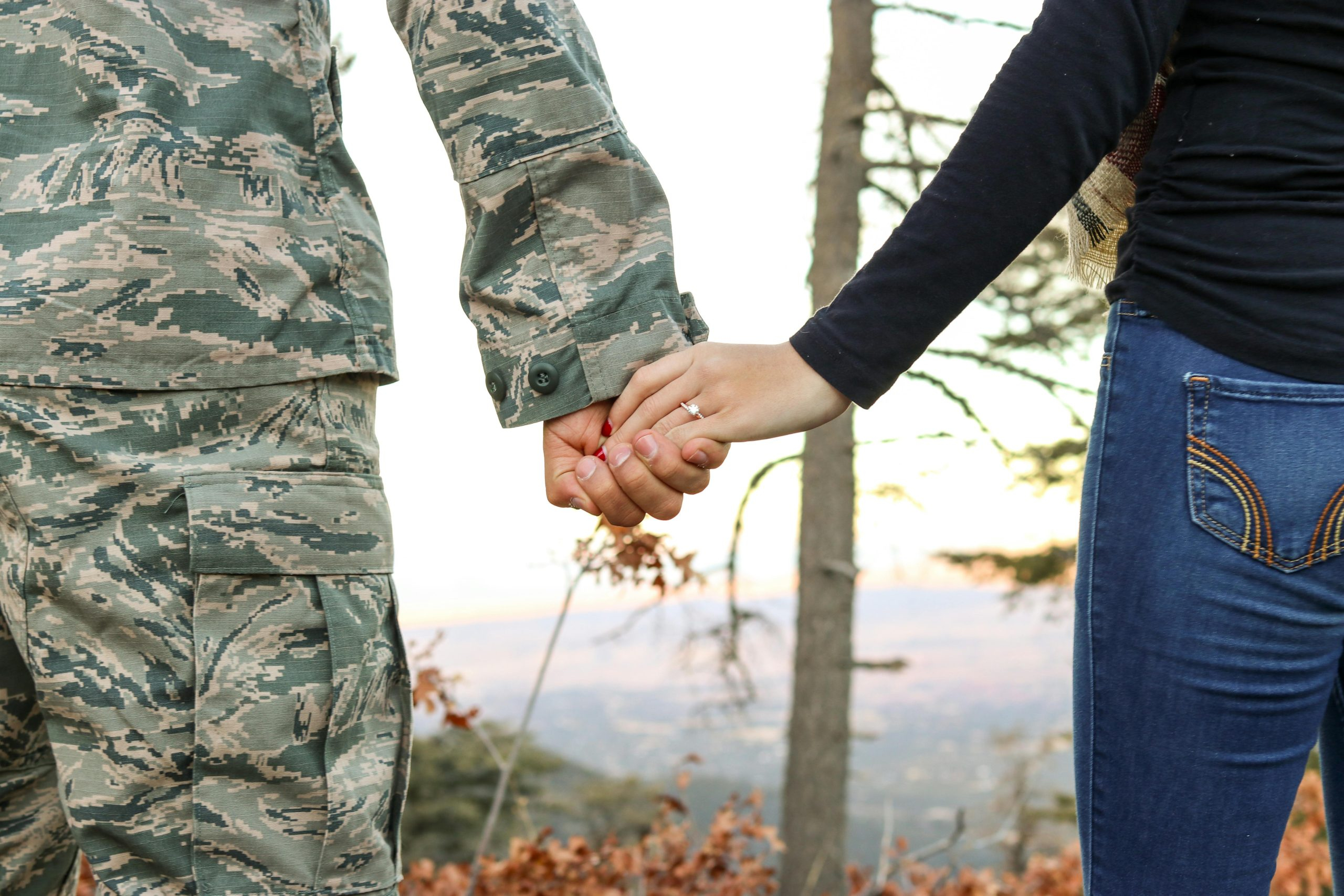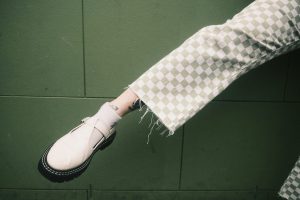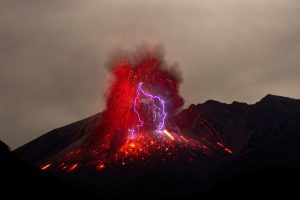Military Uniforms to Streetwear: Camouflage’s Fashion Journey
In the world of fashion, trends come and go, but one trend that has stood the test of time and continues to evolve is camouflage. What started as a functional print for military uniforms has now become a popular fashion statement, making its way from the battlefield to the streets. Camouflage has a fascinating history and journey, and in this article, we will explore how it went from military uniforms to streetwear, becoming one of the most sought-after fashion trends.
From Military to Mainstream
Camouflage, commonly referred to as ‘camo’, was first introduced as a practical solution for soldiers on the battlefield. In the mid-20th century, countries like the United States, Britain, and Germany began using camouflage patterns on their combat uniforms to blend in with the natural environment and avoid detection by enemies. These military uniforms were primarily designed to provide protection and help soldiers hide in plain sight.
However, as the years went by, the camouflage print caught the attention of fashion designers and started appearing on runways and in clothing collections. In the 1960s, it became a symbol of anti-war movements, as protestors wore army jackets and pants with camouflage prints to make a statement against the Vietnam War. This sparked the transition of camouflage from military to mainstream fashion.
The Rise of Streetwear
The late 20th century saw the rise of streetwear, a fashion style influenced by youth culture and street fashion. It was a departure from traditional high-fashion and instead focused on comfort, functionality, and self-expression. Streetwear brands like Stussy, Supreme, and BAPE quickly embraced the camouflage print, making it a staple in their collections.
Celebrities also played a significant role in popularizing camouflage as a fashion trend. In the early 2000s, hip-hop artists like 50 Cent and Lil Wayne were often seen sporting army-inspired outfits and accessories, making it a must-have for their fans. This led to an explosion of the camouflage trend in mainstream fashion, with retailers and designers incorporating it into their collections.
Camo Goes High Fashion
The appeal of camouflage continued to grow, and it was not long before luxury fashion houses started incorporating it into their designs. In 2010, designer Marc Jacobs featured camouflage in his collection for Louis Vuitton, and it was met with critical acclaim. The print was given a high-fashion twist, with elegant silhouettes and sophisticated fabrics, cementing its status as a fashion staple.
Today, camouflage is no longer just limited to clothing. It has expanded its reach to accessories, footwear, and even home décor. Everyone from high-end designers to fast-fashion retailers has incorporated the print into their collections, making it accessible to all.
The Future of Camouflage in Fashion
In recent years, sustainability has become a growing concern in the fashion industry. As a result, the use of sustainable materials and ethical practices in production has become a top priority for many brands. This has led to the development of organic and eco-friendly camouflage prints, reducing the negative impact on the environment.
Another trend in the fashion industry is the blending of different styles and prints, known as ‘mash-ups’. Camouflage has become a popular print to experiment with, with designers incorporating it with florals, stripes, and even animal prints. This shows that camouflage has gone beyond being a trend and has become a timeless fashion statement.
In Conclusion
From its humble beginnings as a functional print for military uniforms to becoming a symbol of self-expression and a staple in wardrobes, camouflage has come a long way. While its popularity may ebb and flow, it is safe to say that camouflage is here to stay. Its journey from military to streetwear to high fashion is a testament to its versatility and timeless appeal. And with the ever-evolving fashion industry, who knows where this trend will take us next.











